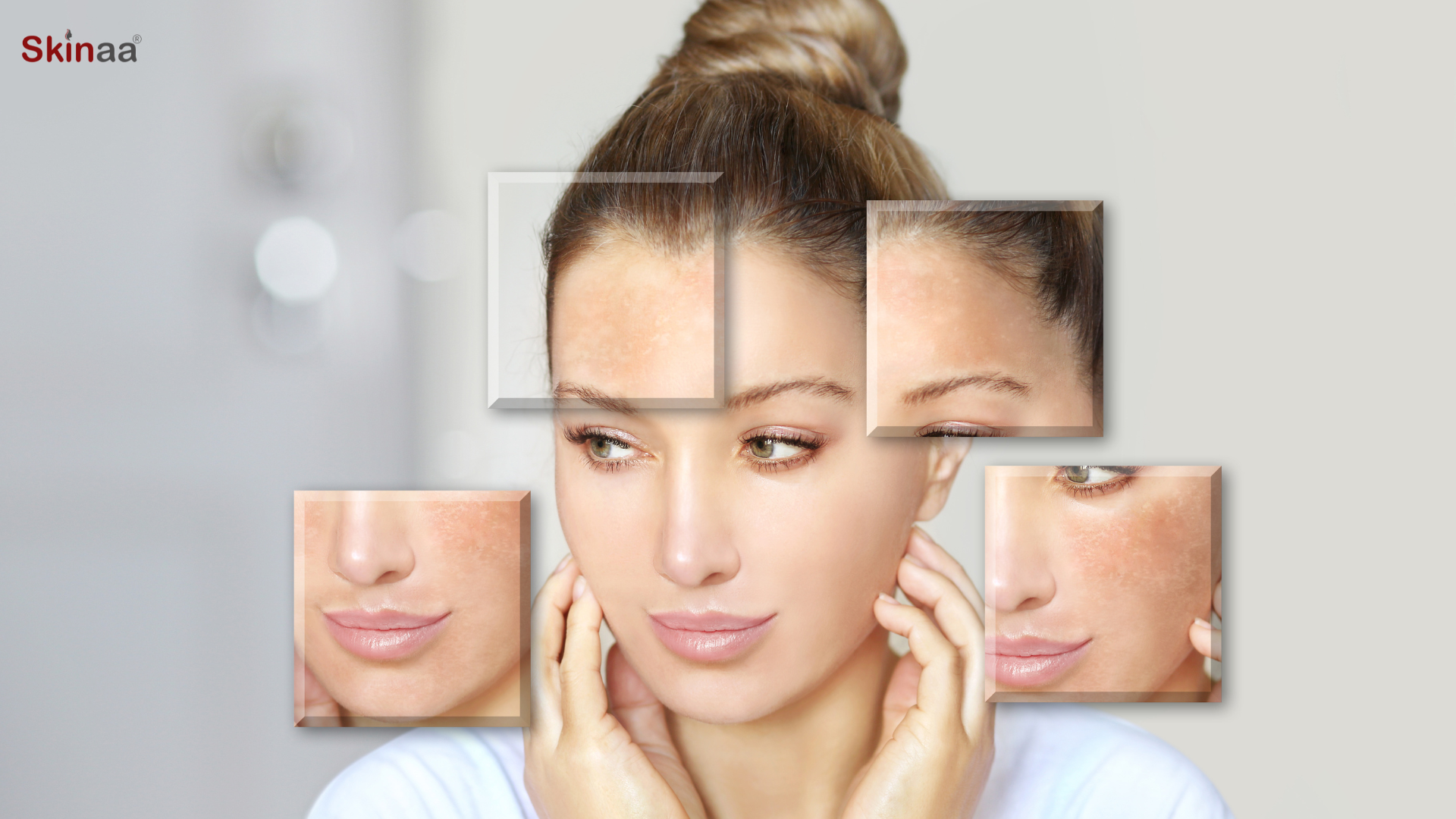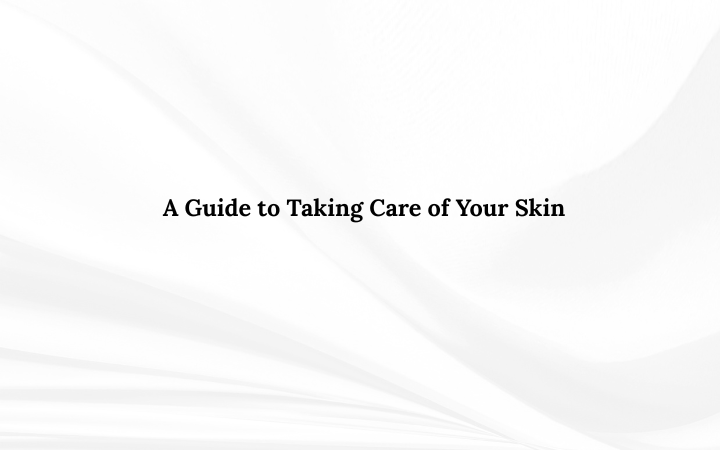Taking care of your skin is one of the simplest ways to ensure it stays healthy, glowing, and youthful. But did you know that not all skincare products and routines work for everyone? Understanding your skin type is the key to creating a skincare routine that works for you. Using the wrong products can sometimes do more harm than good, so knowing your skin type is an essential first step.
In this article, we’ll cover why understanding your skin type is so important and how you can figure out what your skin type is.
Why Is Understanding Your Skin Type Important?
Your skin type determines how your skin behaves, what it needs, and what products are most effective for you. Here are a few reasons why knowing your skin type is essential:
1. Prevents Irritation and Breakouts
Using products that don’t suit your skin type can lead to irritation, clogged pores, or even acne. For instance, heavy creams designed for dry skin might cause breakouts for someone with oily skin.
2. Maximizes Effectiveness
Skincare products work best when they’re tailored to your needs. A cleanser or moisturizer that works wonders for your friend might not work for you if your skin type is different.
3. Saves Time and Money
When you know your skin type, you can avoid buying products that won’t work for you, saving yourself the frustration and expense of trial and error.
4. Protects Your Skin’s Health
Using the wrong products can disrupt your skin’s natural barrier, making it more prone to dryness, sensitivity, or damage. A skincare routine based on your skin type helps maintain healthy, balanced skin.
How to Find Out Your Skin Type
Finding out your skin type is simpler than you might think! Here’s a step-by-step guide to figuring it out:
1. The Bare-Faced Test
- Step 1: Start with a clean face. Wash your face gently with a mild cleanser to remove dirt, oil, and makeup.
- Step 2: Pat your skin dry and avoid applying any products.
- Step 3: Wait for about an hour to let your skin return to its natural state.
After an hour, observe how your skin feels and looks:
- Oily Skin: Your face feels greasy, especially in the T-zone (forehead, nose, and chin).
- Dry Skin: Your skin feels tight, flaky, or rough.
- Combination Skin: You notice oiliness in the T-zone but dryness on the cheeks.
- Normal Skin: Your skin feels balanced—not too dry or too oily.
- Sensitive Skin: Your skin feels irritated, itchy, or looks red.
2. The Blotting Paper Test
- Gently press a piece of blotting paper to different areas of your face.
- Hold the paper up to the light. If it’s soaked with oil, you likely have oily skin. If there’s little to no oil, your skin might be dry or normal. Combination skin will show oil only in the T-zone.
3. Pay Attention to How Your Skin Reacts
Observe how your skin responds to certain situations:
- Does it get oily by midday?
- Does it feel dry and tight after cleansing?
- Is it prone to redness or sensitivity?
Common Skin Types and Their Characteristics
Here’s a quick breakdown of the main skin types to help you identify where you might fit:
-
Oily Skin
- Enlarged pores.
- Shiny, greasy appearance.
- Prone to acne and blackheads.
-
Dry Skin
- Feels tight, especially after washing.
- May have flakes or rough patches.
- Looks dull.
-
Combination Skin
- Oily in the T-zone.
- Dry or normal on the cheeks.
- Can be tricky to manage.
-
Normal Skin
- Balanced—neither too oily nor too dry.
- Smooth texture.
- Few blemishes.
-
Sensitive Skin
- Reacts easily to products or environmental changes.
- May experience redness, itching, or burning.
Your skin is unique, and understanding your skin type is the first step to caring for it properly. Once you know your skin type, you can choose the right products, avoid unnecessary irritation, and achieve healthy, glowing skin.
Take the time to observe and understand your skin—you’ll thank yourself later! If you’re unsure about your skin type, don’t hesitate to consult a dermatologist for guidance. After all, your skin deserves the best care possible!









